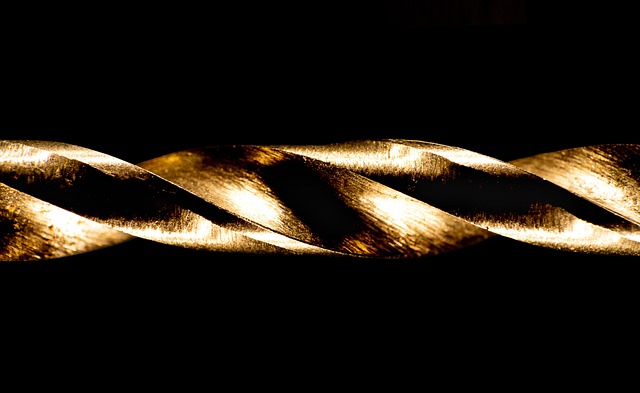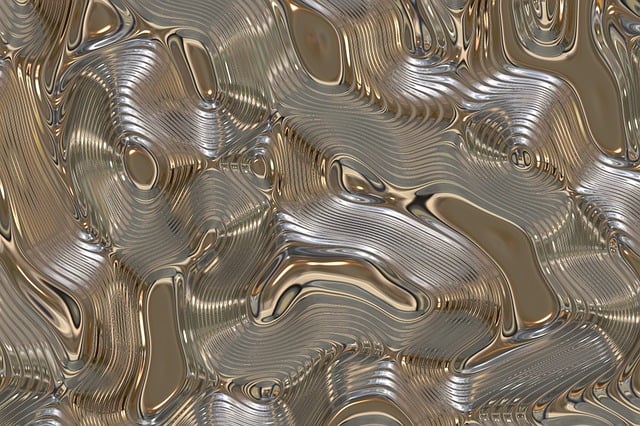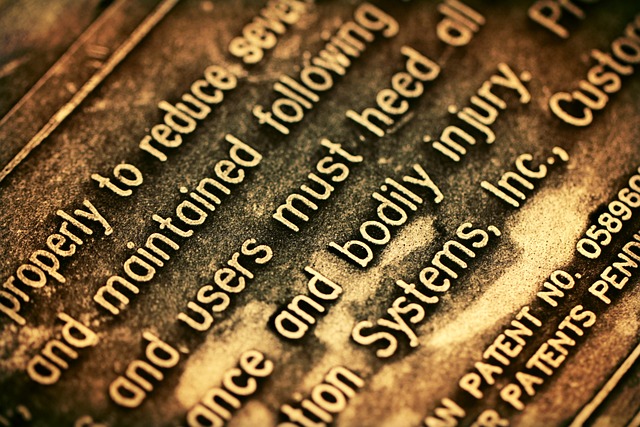Heavy metal fabrication is a specialized process using advanced machinery to transform raw metal into robust structures for diverse industrial applications. Skilled technicians employ precision cutting, bending, welding, and forming techniques to create intricate designs with specific metal grades tailored for strength, corrosion resistance, and cost-effectiveness. Surface treatments protect the metal from harsh environments. This versatile, durable metalwork is a game-changer across industries, offering unparalleled durability, reduced maintenance costs, enhanced operational efficiency, and custom-tailored performance through materials like stainless steel and aluminum alloys.
In the realm of industrial solutions, durable metalwork stands as a cornerstone of robust and efficient operations. This article delves into the intricacies of Heavy Metal Fabrication, exploring its foundational concepts, immense benefits across various industries, and the art of selecting the perfect materials and techniques. From intricate designs to demanding applications, discover how tailored metalwork revolutionizes manufacturing processes. Understanding these principles is key to unlocking the full potential of this game-changing technology in today’s industrial landscape.
- Understanding Heavy Metal Fabrication: The Basics
- Benefits of Durable Metalwork for Industries
- Choosing the Right Metal and Fabrication Techniques
- Applications: Where Durable Metalwork Shines in Industry
Understanding Heavy Metal Fabrication: The Basics

Heavy metal fabrication is a specialized process that involves the creation and shaping of metal structures using high-pressure and high-temperature techniques. This intricate art demands precision, strength, and durability, making it an indispensable practice for various industrial applications. At its core, it entails cutting, bending, welding, and forming metal plates and sheets into complex designs.
The process begins with selecting the appropriate grade of metal, considering factors like strength, corrosion resistance, and cost. Skilled technicians then use advanced machinery to cut the metal precisely, often employing laser or water-jet cutters for intricate patterns and shapes. Bending techniques, from press braking to roller bending, allow for the creation of curved and angular forms. Welding, a critical step, fuses the metal pieces together, ensuring structural integrity. Finally, surface treatments like painting or coating protect the metal and enhance its longevity in harsh industrial environments.
Benefits of Durable Metalwork for Industries

Durable metalwork is a game-changer for industries seeking robust and long-lasting solutions. Its benefits are multifaceted, especially in demanding environments where reliability and strength are paramount. Heavy metal fabrication offers unparalleled durability, ensuring industrial equipment withstands harsh conditions, from extreme temperatures to heavy loads. This longevity translates into reduced maintenance costs and increased operational efficiency over time.
Additionally, the versatility of durable metalwork allows for tailored designs that meet specific industry needs. Whether it’s custom machinery, structural components, or specialized tools, these metalworks can be crafted to exacting standards. This customization not only enhances performance but also improves safety, as well-engineered metal components reduce the risk of failures or accidents in critical operations.
Choosing the Right Metal and Fabrication Techniques

When it comes to durable metalwork for industrial applications, selecting the appropriate metal and fabrication techniques is paramount. The choice of material depends on various factors, including the specific industry requirements, expected lifespan, and operational environment. For instance, steels like stainless steel and alloy steels offer superior corrosion resistance, making them ideal for harsh conditions. Conversely, aluminium alloys provide excellent strength-to-weight ratios, which are advantageous in industries demanding lighter yet robust components.
Heavy metal fabrication techniques play a crucial role in transforming these materials into tailored solutions. Processes such as welding, machining, and casting enable the creation of intricate designs and precise dimensions. Advanced technologies like laser cutting and water jet cutting offer unparalleled accuracy and efficiency. Moreover, understanding the unique properties of each metal and combining them with suitable fabrication methods ensures the production of industrial components that are not just durable but also perform optimally under stress.
Applications: Where Durable Metalwork Shines in Industry

Durable metalwork is a game-changer in various industrial sectors, offering robust solutions that stand the test of time and demanding conditions. Its applications are vast and varied, from heavy metal fabrication to machinery manufacturing and infrastructure development. In the realm of heavy metal fabrication, durable metalwork excels by providing exceptional strength and corrosion resistance, ensuring the longevity of critical components.
Whether it’s constructing rugged machinery, designing robust industrial equipment, or building resilient structures, durable metalwork tailored for industry meets the challenge head-on. Its versatility allows engineers and manufacturers to create innovative designs that enhance productivity, reduce maintenance, and offer superior performance in even the most demanding environments.
Heavy metal fabrication is a versatile and robust process that offers unparalleled strength and durability, making it an indispensable asset for various industries. By understanding the fundamentals of heavy metal fabrication, selecting the appropriate materials and techniques, and leveraging its diverse applications, businesses can harness the power of durable metalwork to enhance their operations, ensure longevity, and maintain a competitive edge in today’s industrial landscape.
